Hanko
On November 30, 1939, the Soviet Union attacked Finland and the Finnish winter war began. What the Soviet Union thought would be a quick and smooth victory turned out to be a lot tougher than anticipated. The Finnish soldiers (including Swedish volunteers) fought hard and caused severe losses to the Soviet Red army. But the Soviet superiority in soldiers and material eventually turned out to be decisive and Finland was forced to surrender in March, 1940. On 12 March,1940, the Moscow peace was signed between the countries. Finland not only lost territories in the east, but also had to lease out Hanko peninsula in southern Finland as a naval base for 30 years. The strategic location of the naval base gave the Soviet Union a good overview of the traffic between Gulf of Finland and the Baltic Sea. A Russian version of the British Gibraltar strait one might call it.
That same year, Finland began to build a line of defence along the new border with Hanko peninsula in case of a future Soviet attack. In total, this line was about fourty kilometres long and stretched from the archipelago of Bromarv in the west to the archipelago of Snappertuna in the east. Part of this line stretched about six kilometers through the Harpar forest from Storholmen in the west to Skogsbyn in the east. This part was called the Harparskog Line and became the main defense line against a soviet attack from the south. It began to be built around the same time as the Salpa line along the border with the Soviet Union in the east and consisted of about forty bunkers, machine gunnery, artillery and anti-tank positions, tank barriers, barbed wire barriers and mines. Bunkers on the northern part of the line were given male names while bunkers on the southern part were given female names. This made it easy for the commanding officers in the event of war could quickly know which part of the line it concerned.
When Finland started the Continuation war against the Soviet Union on June 26, 1941, the line of defence was far from complete. But the Soviets never attacked the defense line in an attempt to push north. They stayed put. Nor did the Finns tried to reconquer Hanko. Both sides relized that a frontal attack would probably be devastating with heavy losses as a result. The fighting therefore consisted mainly of artillery fire. But both sides carried out patrols along the front line, minor battles (skirmishes) took place. A great danger was snipers on both sides, mines were another danger one had to watch out for during patrols. Most battles were fought instead in the archipelago islands where the Russians initially reaped success before the Finns learned to deal with the situation. The battles in the archipelago were often both harsh and brutal. Björnholmen, Storholmen and Summer Island to name a few.
The Soviet garrison in Hanko peninsula was led by general Sergei Kabanov. The Russians built up their own line of defence to face a possible Finnish attack from the north. But they also set up flak to fight hostile air forces coming in from the seaside. However, the Russians were dependent on supplies from Leningrad and when it became clear in September 1941 that Leningrad would soon be besieged, Hanko risked being cut off from the Russian mainland. The Russians therefore began in the autumn of 1941 to evacuate Hanko when it was no longer possible to bring in supplies. On December 4th, 1941, the last Russian soldiers were evacuated via the port. Hanko could then be taken by Finnish forces. During the approximate six months of fighting in Hanko peninsula, the losses on both sides were relatively small and the material destruction as well.
At Hanko frontline, a Swedish volunteer battalion (SFB) consisting of about 900 men (many were veterans of the winter war) also participated. During the Finnish winter war, Sweden had assisted Finland with help (including some 8,000 volunteers). But the aid for the Finnish Continuation war was a little bit more politically complicated because Finland was fighting on the same side as Nazi Germany. But on July 4th, 1941, the Swedish government approved that a maximum of 2,000 Swedish conscripts should be allowed to join the war. They would go unarmed and for linguistic and cultural reasons it was decided that they would be stationed at the Hanko front. At the turn of the month July/August the first volunteers arrived and they were immediately put into fortification work along the front. They came to be equipped with foreign equipment and foreign weapons, which was not entirely unproblematic because they were used Swedish weapons. When the fighting ended in December 1941, 684 were demobilized and returend to Sweden. About 150 had been demobilized before the fighting ended. The losses amounted to 26 killed and 80 wounded. A few also took part in the fighting on the Karelian Isthmus. Beside Swedish volunteers, volunteers from twelve other countries participated in the Continuation war in Hanko. Also known as Hanko’s foreign Legion. On December, 15th, the Finnish commander-in-chief and field marshal, Gustav Mannerheim, thanked the volunteers for their services.
Current status: Partly preserved/demolished with museum (2025).
Location: 59°54'26.11"N 23°14'54.68"E
Get there: Car.
Follow up in books: Nenye, Vesa, and others: Finland at War: The Continuation and Lapland Wars 1941–45 (2016).
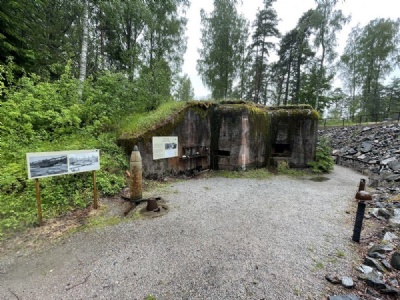


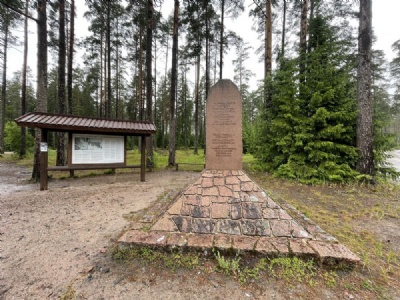




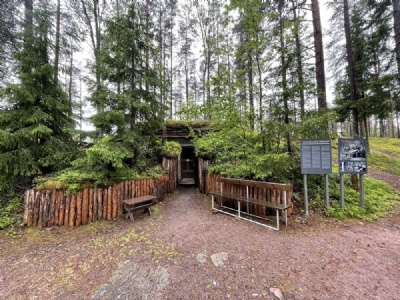
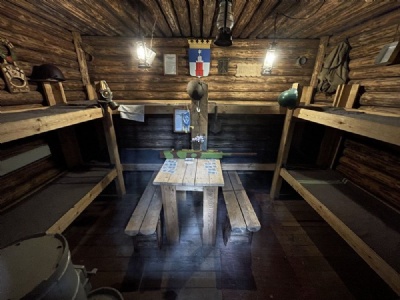

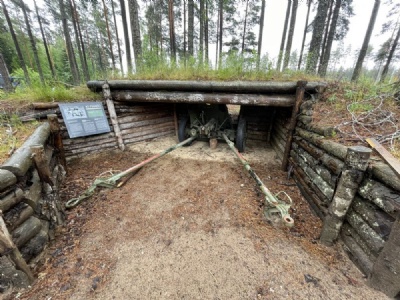


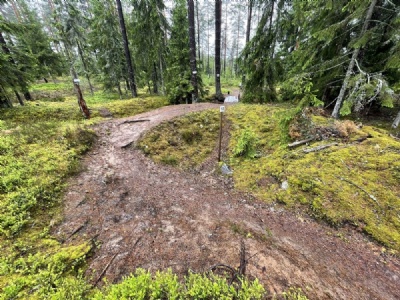
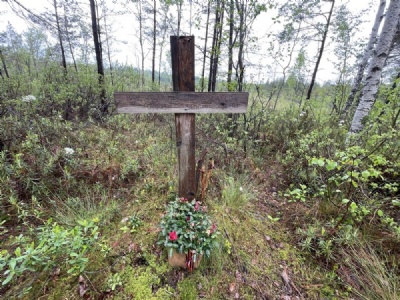

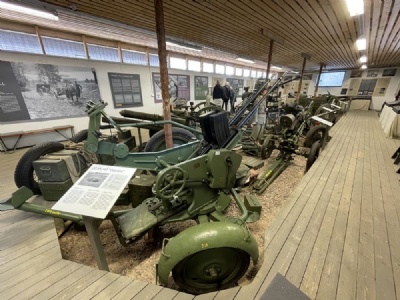
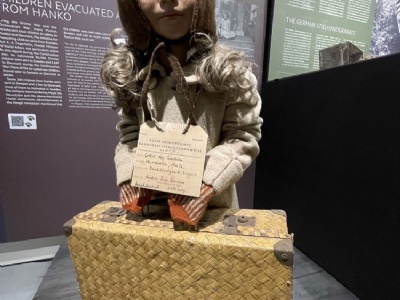
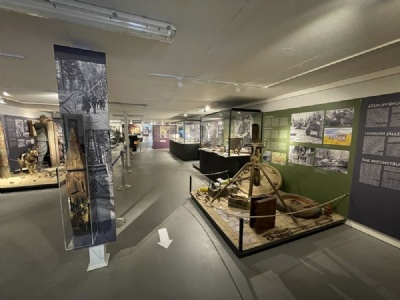
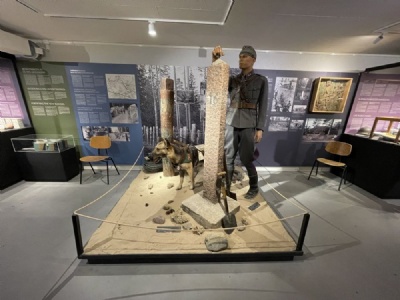
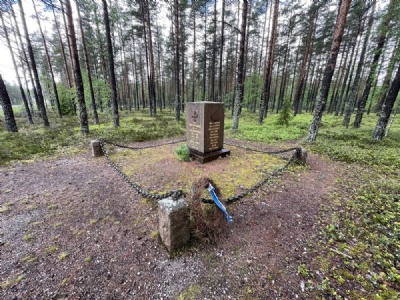


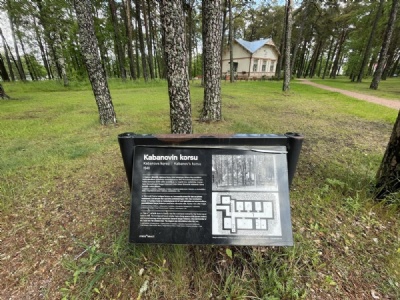
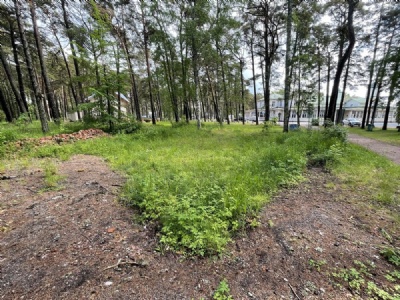
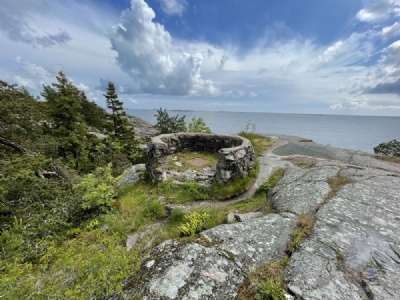

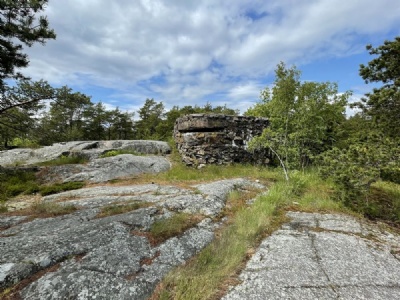

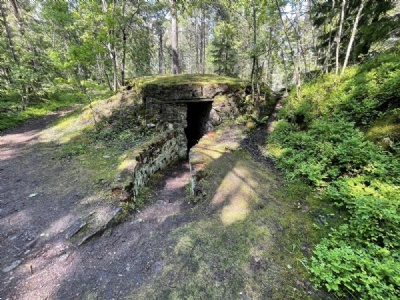
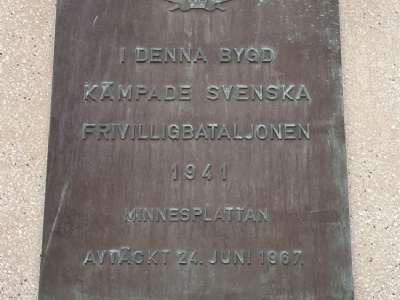
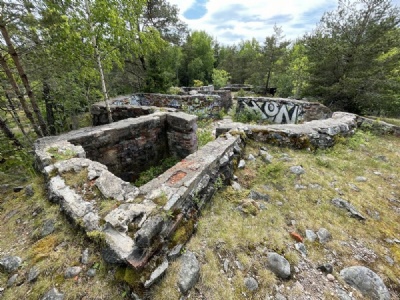


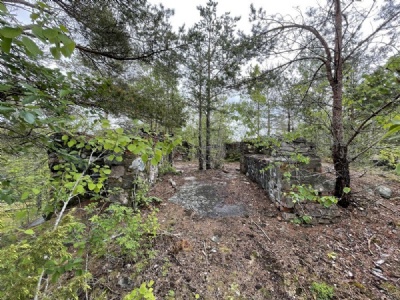
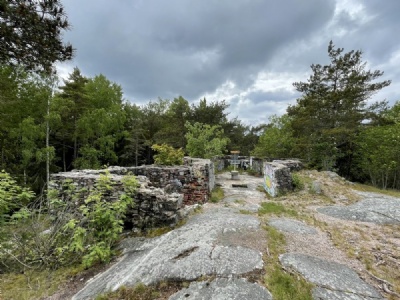
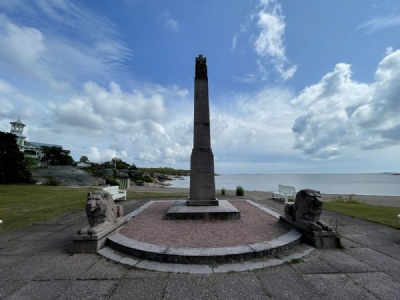
Hanko is a small gold mine for the military interested. There are several bunkers, flaks, tank barriers, monuments, war cemeteries, information boards and, not least, museums. At Harpar forest lies Hanko front museum which is definitely worth a visit. On the outside there are various war materials, exhibitions and a one kilometer long war path along the former front line. You can borrow a booklet at the museum reception with explanations and descriptions of what is along the war path. The museum is also interesting and moderately large and overall the front museum (both interior and exterior) is one of the better I’ve visitied. About five kilometers north of the museum, there is a preserved bunker (Irma) that can also be visited, but opening hours are limited, but there are very interesting sites in the surroundings. For instance, a monument at the place where Gustav Mannerheim received and thanked the foreign soldiers for their services.
There are also guided tours to more remote locations in both Harpar Forest and the archipelago islands. Here there are plenty of remnants from the war that only those with local knowledge can find.
In Hanko there is a well-maintained Soviet war cemetery where about 500 soviet soldiers rest. In Badhusparken by the water had the Soviet commander Kabanov his commando central, from where he led the defense and evacuation of Hanko. The command center was demolished after the war, but the underground bunker was partially preserved and uncovered in 2022 for archaeological research. After the research were completed, the bunker was covered but there are information boards on the site. On Parkberget and in Folkparken there are ruins left of Soviet flak. Hanko as a city seems otherwise rather gloomy, which is not unusual for port cities. The peninsula is old Swedish regions where the Swedish language is at least as common (if not more common) than the Finnish language. Thus, all museums and information boards have Swedish text and staff speak good Swedish.